Trending Topics:
- Blood Moon 2025
- Potoo Bird
- Cosmic Butterfly in Space
- Jupiter Juno
90% of Raptors don’t survive their first year. Here's why
Discover the harsh reality facing young raptors, with nearly 90% perishing within their first year. Learn about the natural and human-induced threats they face and the conservation efforts underway to protect these magnificent birds.
1/10
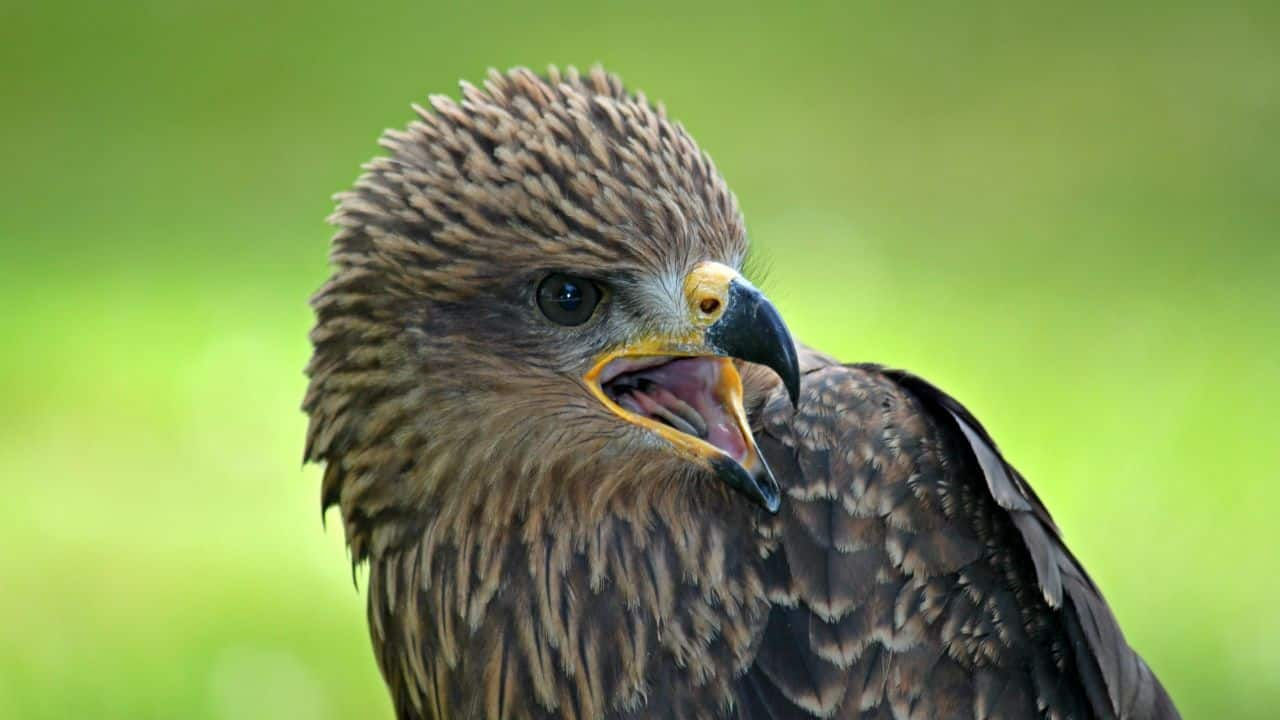
The Harsh Reality: Nearly 90% of young raptors perish within their first year due to natural predators, harsh weather, and human-induced threats. (Image: Canva)
2/10
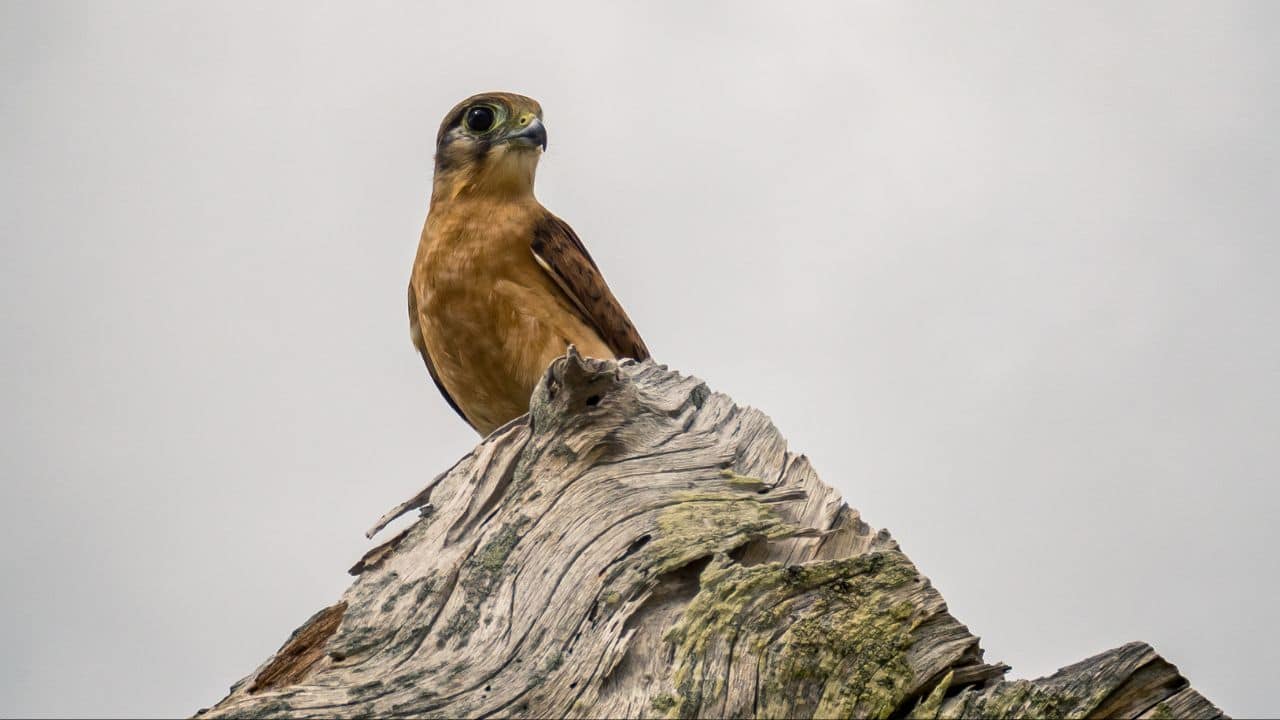
Vulnerable Beginnings: Hatchlings are fragile, relying entirely on their parents for food and protection, making them easy targets for predators. (Image: Canva)
3/10
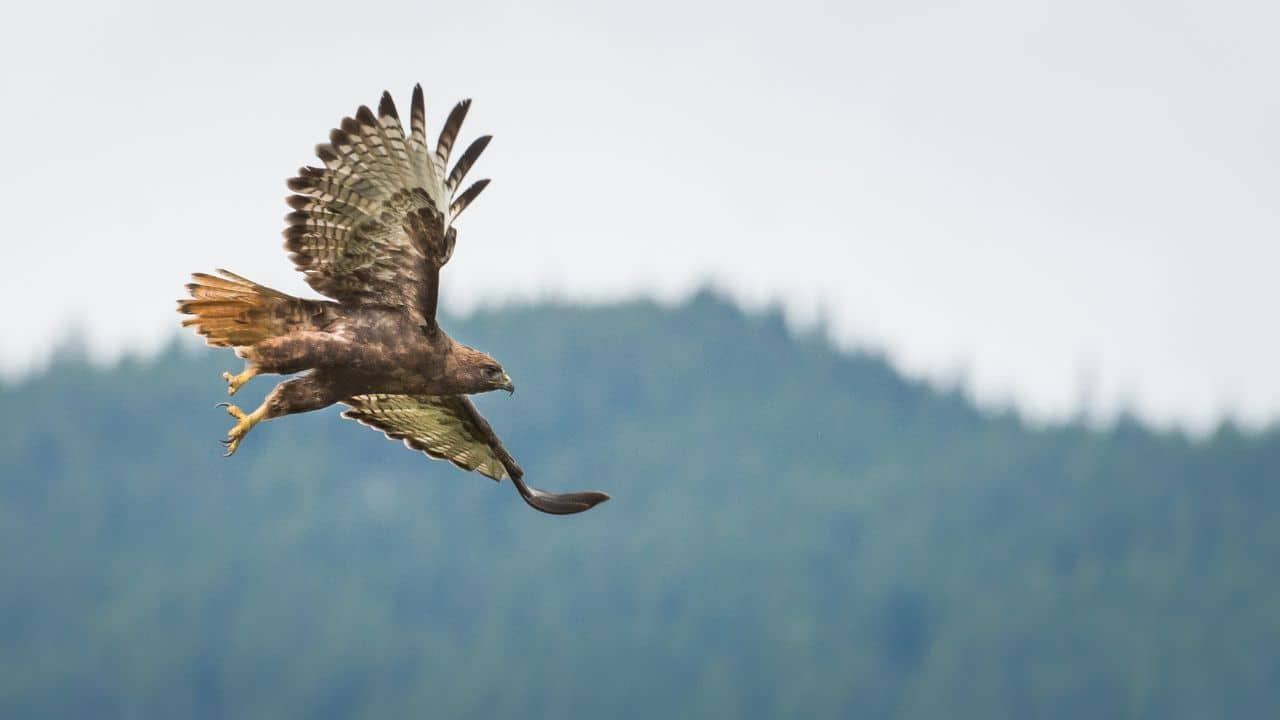
Predators in the Wild: Snakes, larger birds, and mammals often raid nests, preying on eggs and young, defenceless raptors. (Image: Canva)
4/10
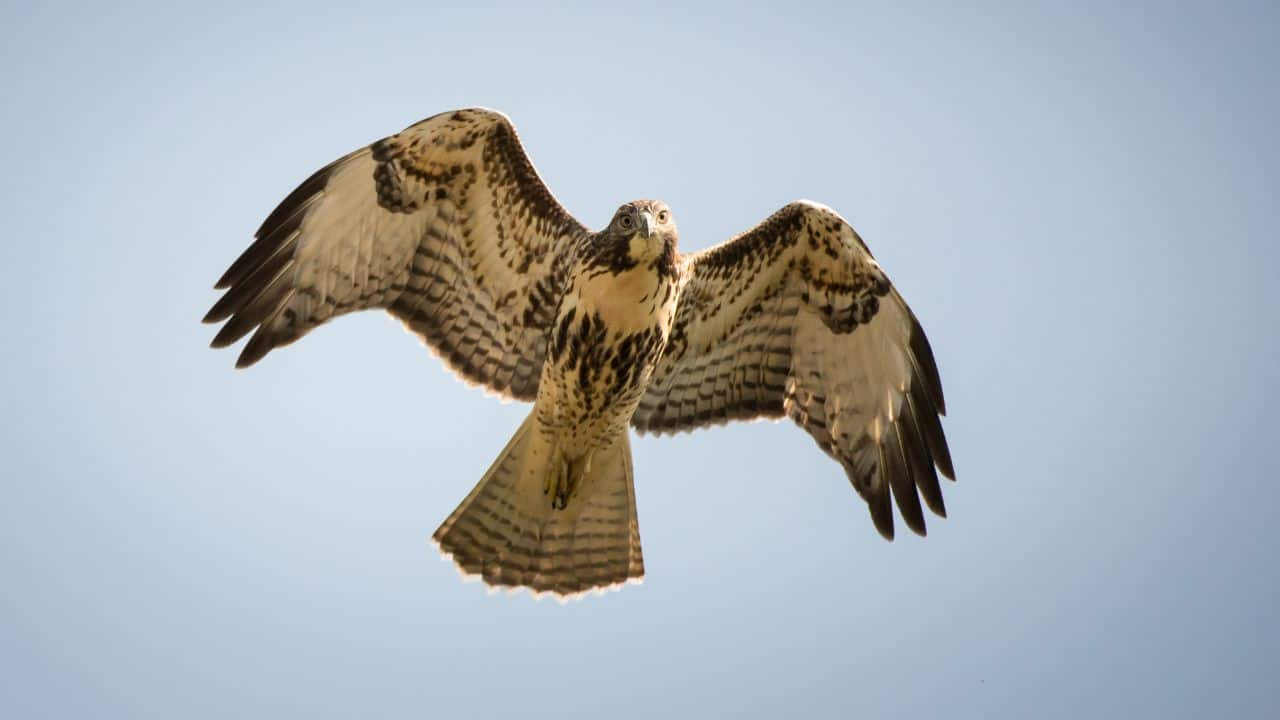
The Flight Challenge: First flights are risky. Many fledglings fall, injure themselves, or fail to master flying quickly, leaving them exposed. (Image: Canva)
5/10
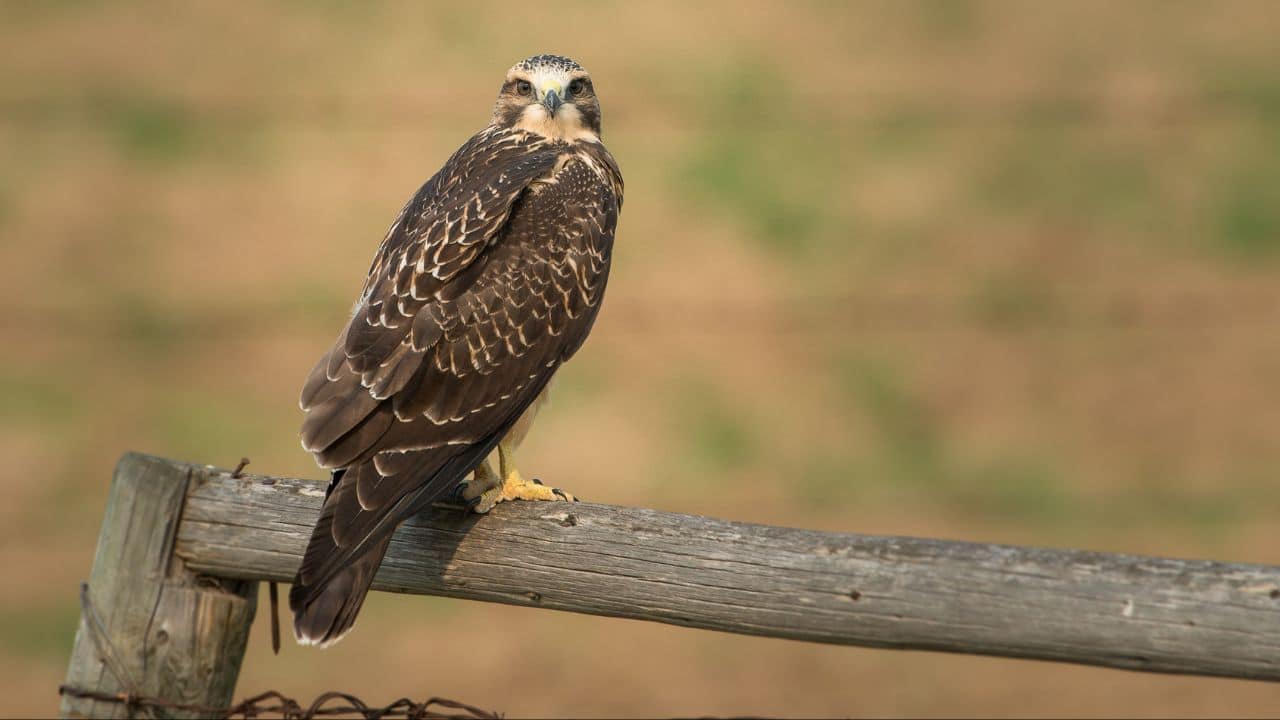
Starvation Struggles: Inexperienced hunters often fail to catch enough prey, leading to starvation, one of the leading causes of juvenile deaths. (Image: Canva)
6/10
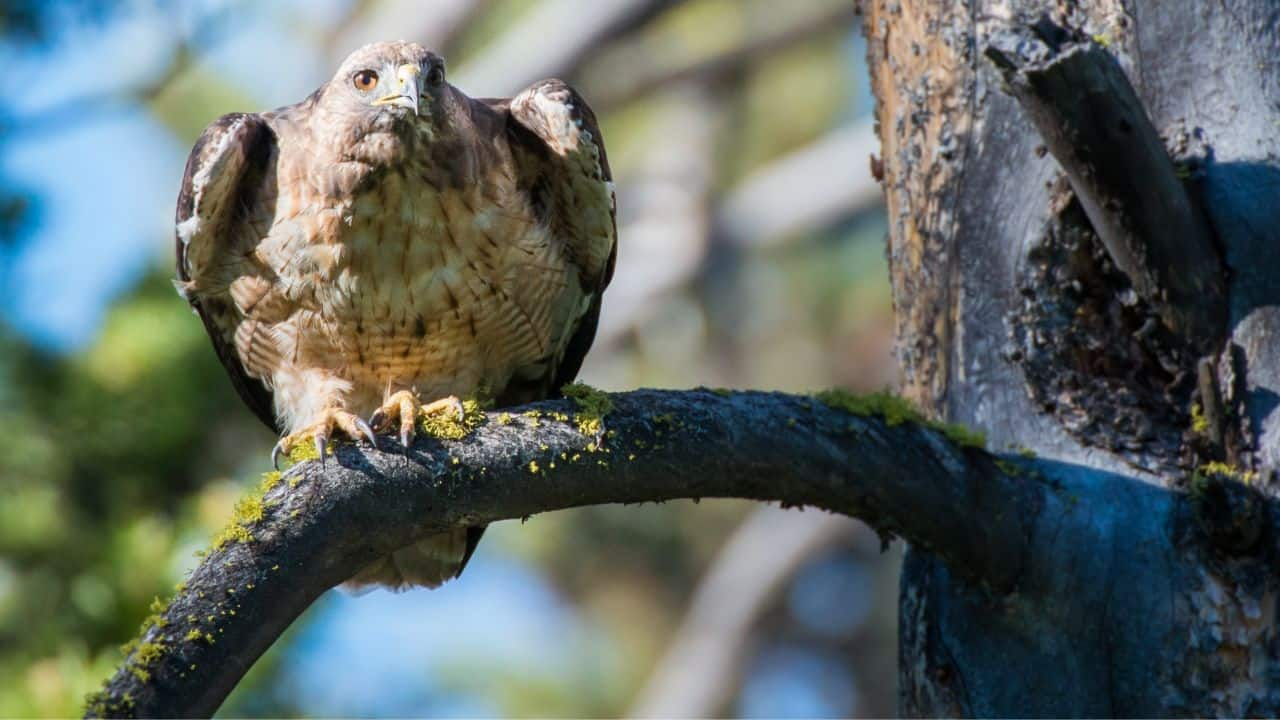
Harsh Weather Hazards: Storms, cold snaps, and extreme heat can destroy nests or weaken young raptors, making survival even harder. (Image: Canva)
7/10

Human Threats: Habitat loss, pollution, power lines, and illegal hunting pose significant dangers, reducing survival rates for young raptors. (Image: Canva)
8/10
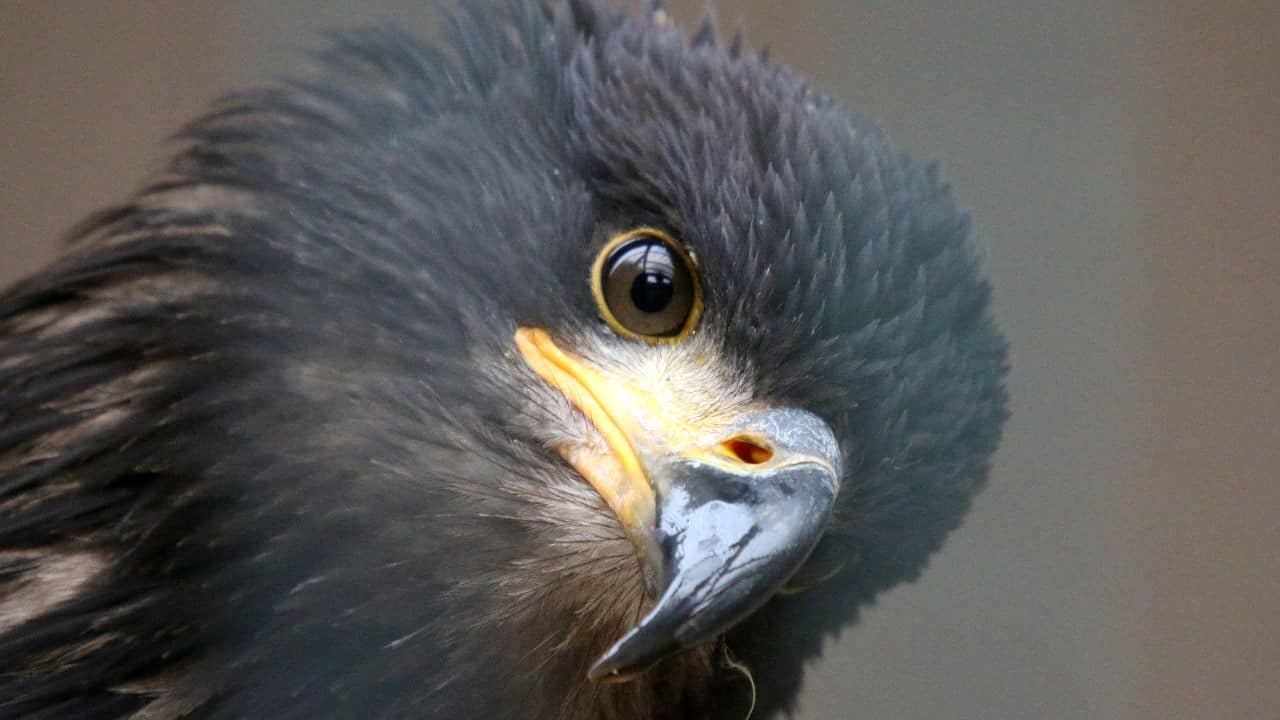
Poison in the Prey: Rodenticides used in pest control can contaminate prey, leading to poisoning when young raptors feed on tainted animals. (Image: Canva)
9/10

Conservation Efforts: Wildlife organisations are working to protect raptor habitats, reduce pesticide use, and educate the public on raptor conservation. (Image: Canva)
10/10
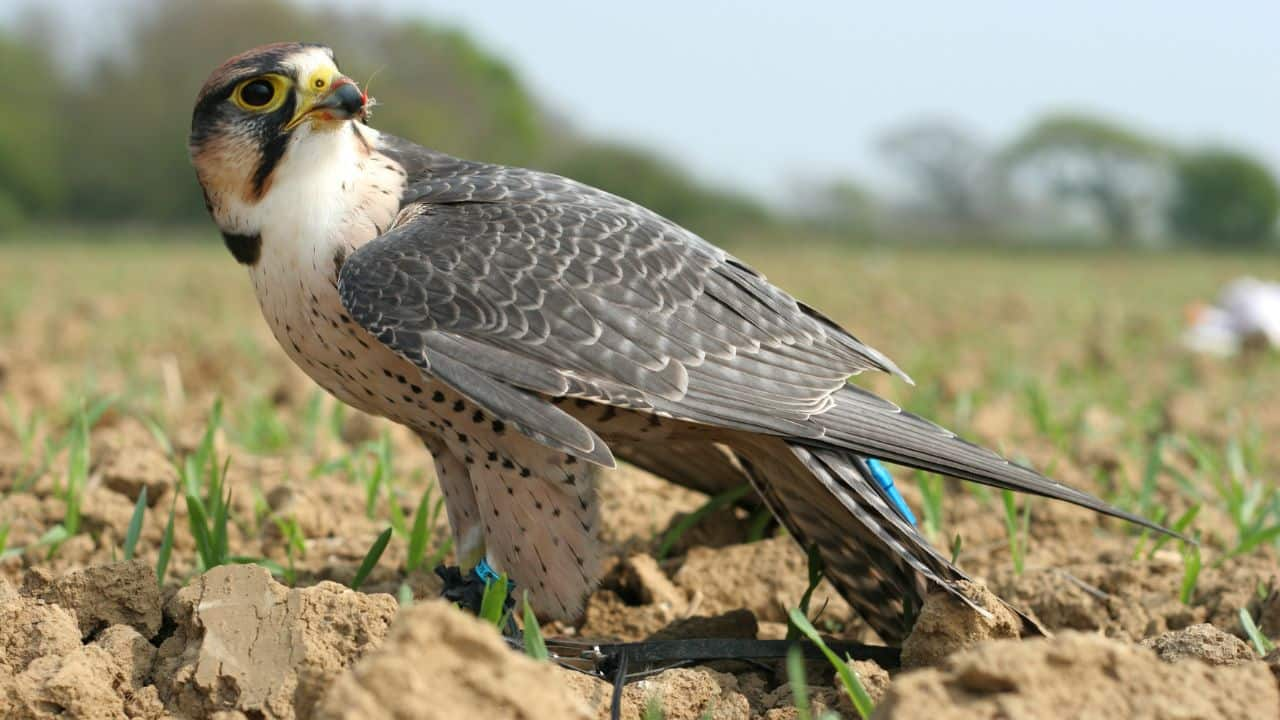
Hope for the Future: Despite high mortality rates, conservation initiatives and awareness campaigns are helping more young raptors reach adulthood and thrive. (Image: Canva)
Discover the latest Business News, Budget 2025 News, Sensex, and Nifty updates. Obtain Personal Finance insights, tax queries, and expert opinions on Moneycontrol or download the Moneycontrol App to stay updated!






